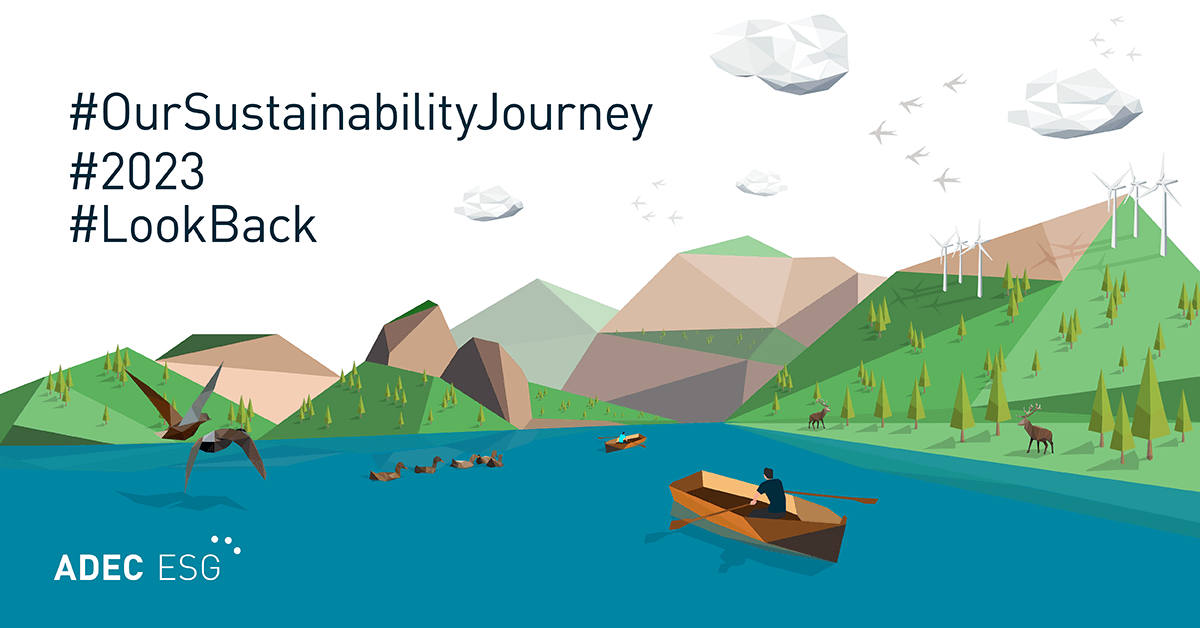Although approximately 70% of the Earth’s surface is covered by water, less than 1% is available for human use. Since 2006, the EPA’s WaterSense Program has helped consumers and businesses save a cumulative 287 billion gallons of water and over $4.7 billion in water and energy bills. EPA’s WaterSense Program promotes and enhances the market for water-efficient products and services, and educates homeowners, businesses, landscapers and others. WaterSense also develops performance criteria for water efficient products and services.
 As described on EPA’s website, products that bear the WaterSense label:
As described on EPA’s website, products that bear the WaterSense label:
- Achieve water efficiency through several technology options
- Perform as well or better than their less efficient counterparts
- Are 20 percent more water efficient than average products in that category
- Obtain independent, third-party certification
- Provide measurable water savings results
Existing older buildings tend to have conventional fixtures that are less efficient than fixtures currently available. Fixtures like high efficiency toilets and faucets available today are designed with water efficiency in mind. For instance, older, less efficient toilets typically use 1.6 gallons per flush. More efficient toilets utilizing EPA Water Sense Standards consume only 1.28 gallons per flush. Residential bathroom faucets can use 2.2 gallons per minute and residential showerheads can use 2.5 gallons per minute at 80 pounds per square inch. Water efficient bathroom faucets use only 1.5 gallons per minute and water efficient showerheads use 1.5-2.0 gallons per minute.
Installing water efficient landscaping is another way to reduce water use. Grass needs a lot of water, so one way of reducing use is to plant turf grasses for functional uses only (e.g. recreational use) to minimize water intensive landscaping. Keeping landscape areas mulched will conserve moisture and help prevent water loss from evaporation, which will reduce the need for supplemental irrigation during dry periods.
Appropriate use of plant materials can result in water savings. Use of xeriscaping, which utilizes landscaping with slow-growing, drought tolerant plants to conserve water and reduce yard trimmings. As detailed on CalRecycle’s website, California’s limited supply of water, subject to ever increasing demands, is just one resource saved by xeriscaping. This results in immediate cost savings through lower water bills. Xeriscaping can reduce the amount of plant trimmings which must be disposed of or otherwise managed, thereby helping to save resources. A reduction in plant trimmings can reduce the amount of labor needed to maintain a given landscape.
In addition to the use of plants, one can install efficient watering systems to reduce water usage. Using efficient irrigation rotary heads can provide a greater radius of coverage while dispensing water at a lower precipitation rate compared to conventional irrigation systems.
Additionally, using smart irrigation controls, which include soil moisture and evapotranspiration sensors that automatically adjust watering times to local weather conditions allow for irrigation to occur only when needed because irrigation is not on a pre-set cycle. As described on Waterca.gov’s website, “ET” controllers represent a new frontier in scheduling irrigation by enabling the irrigator to apply the amount of water estimated to be required by the landscape plants. This is a great improvement over irrigating an arbitrary “run time” when the amount of water needed and the amount of water applied is usually not matched. The advantages of using an ET controller include: reduced run-off, less damage to pavement, fences and buildings: increased health of plants from fewer diseases and insect pests and better air circulation in the soil, fewer “soggy” or dry areas, lower water bills, and reduced energy costs.
To help you achieve unprecedented water management efficiency, request a consultation with FirstCarbon Solutions.
Did you enjoy this post? The author of this article is Margaret Partridge. Learn more about her here.





